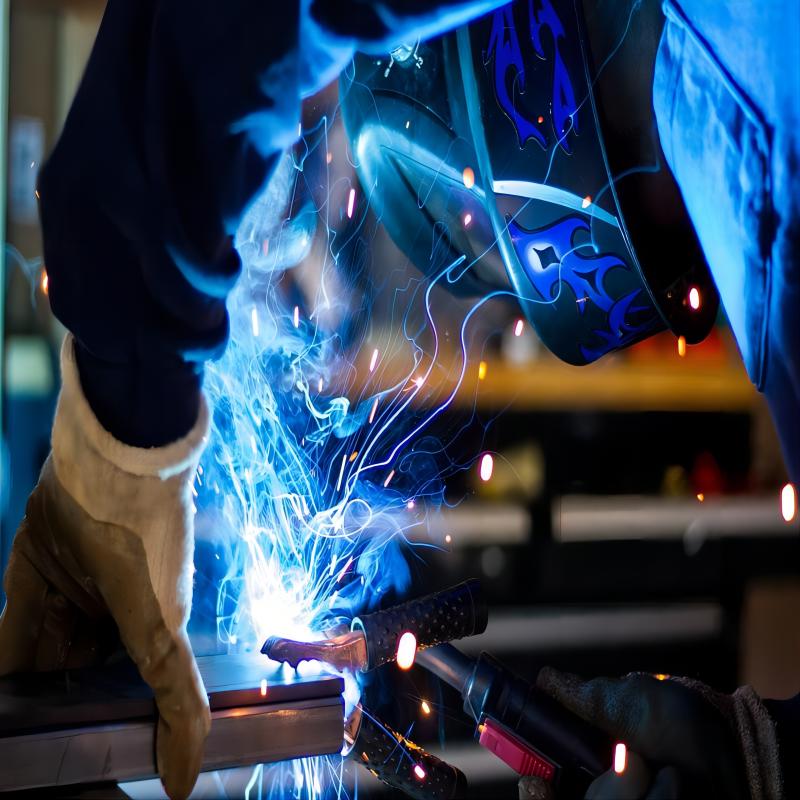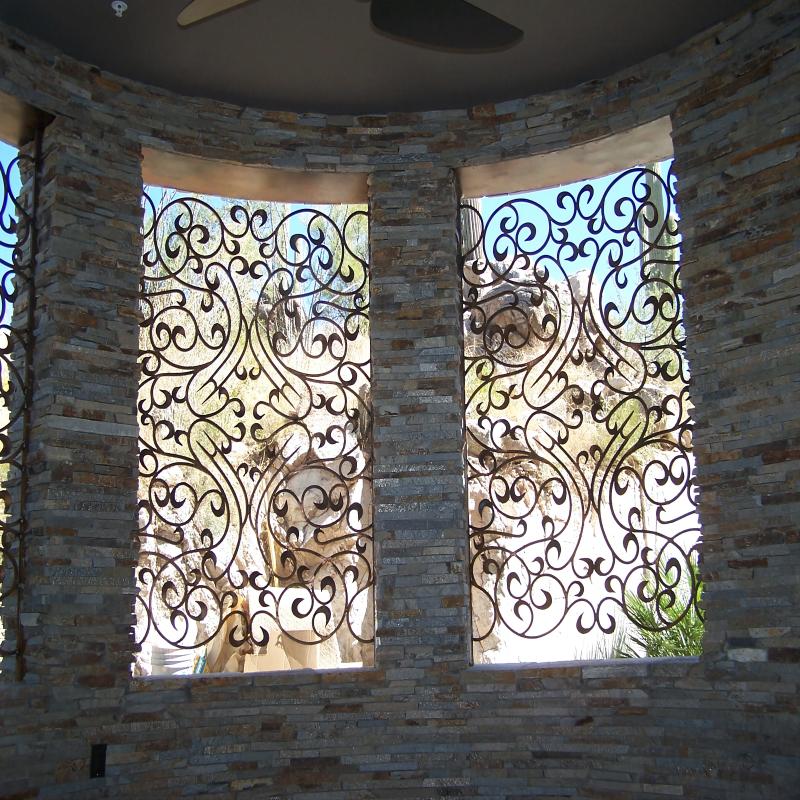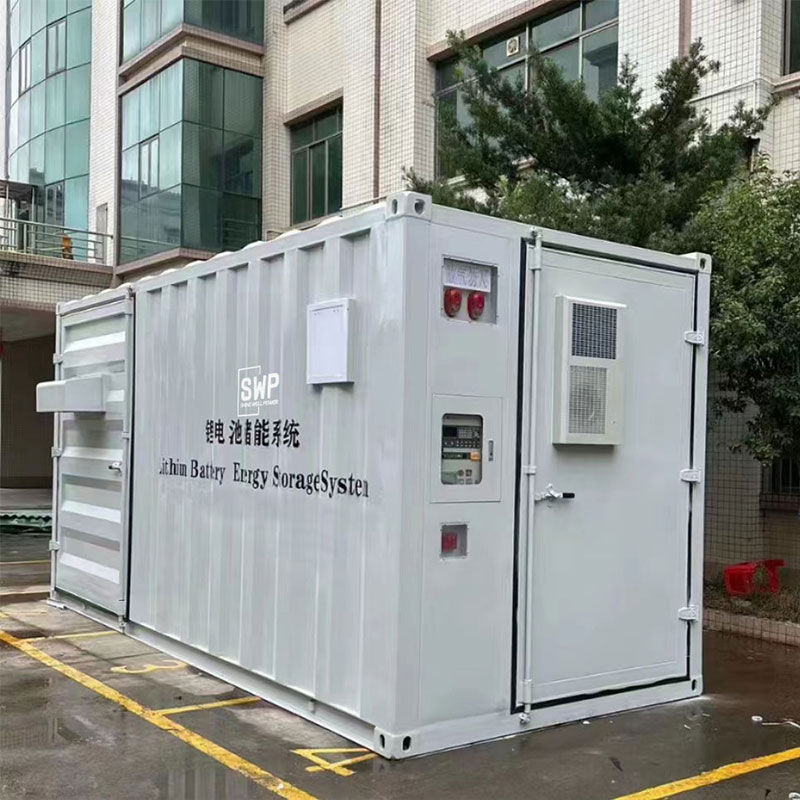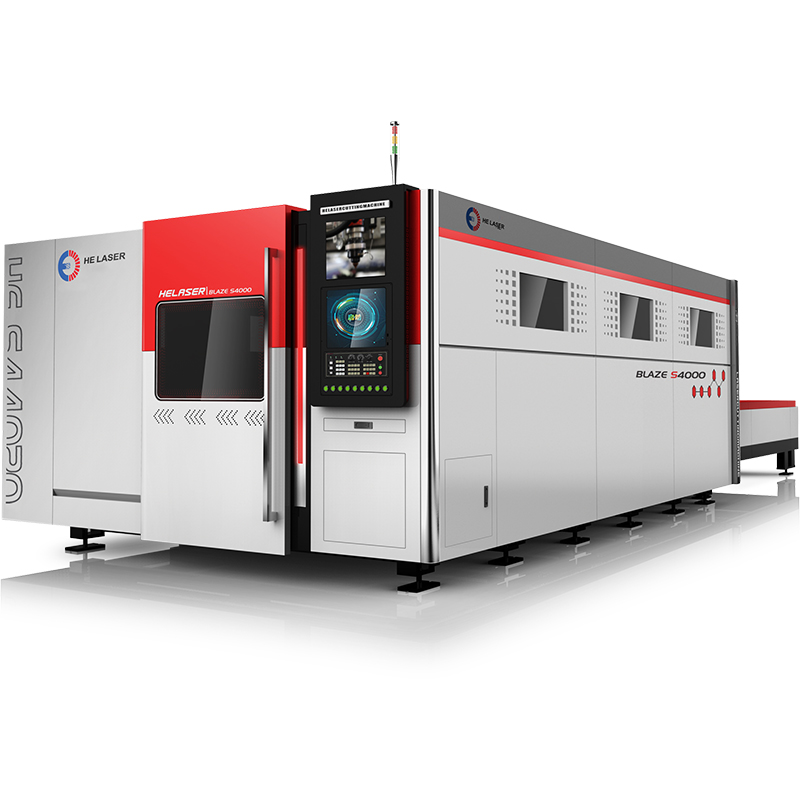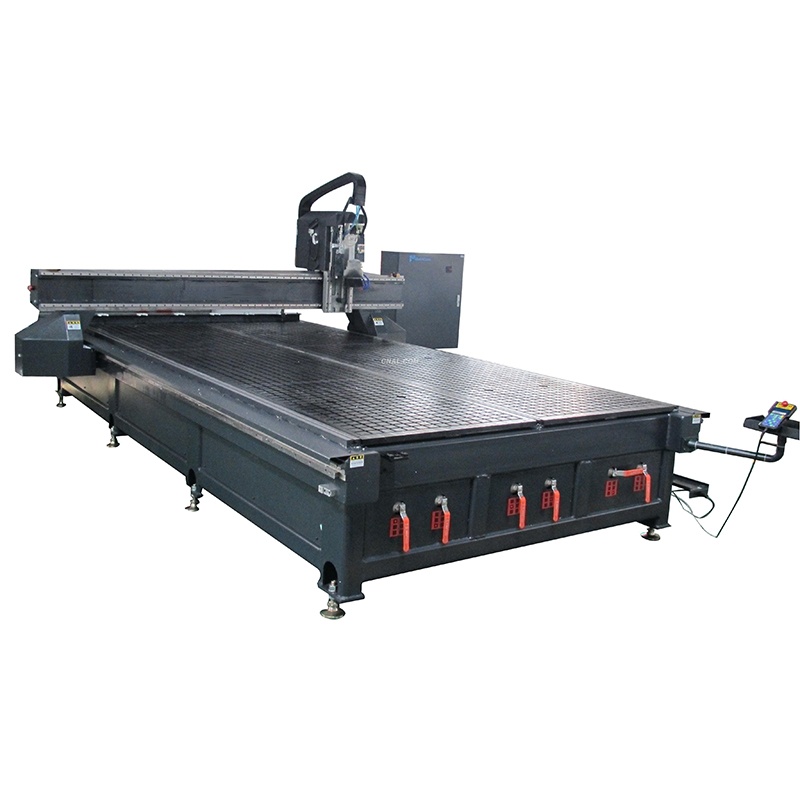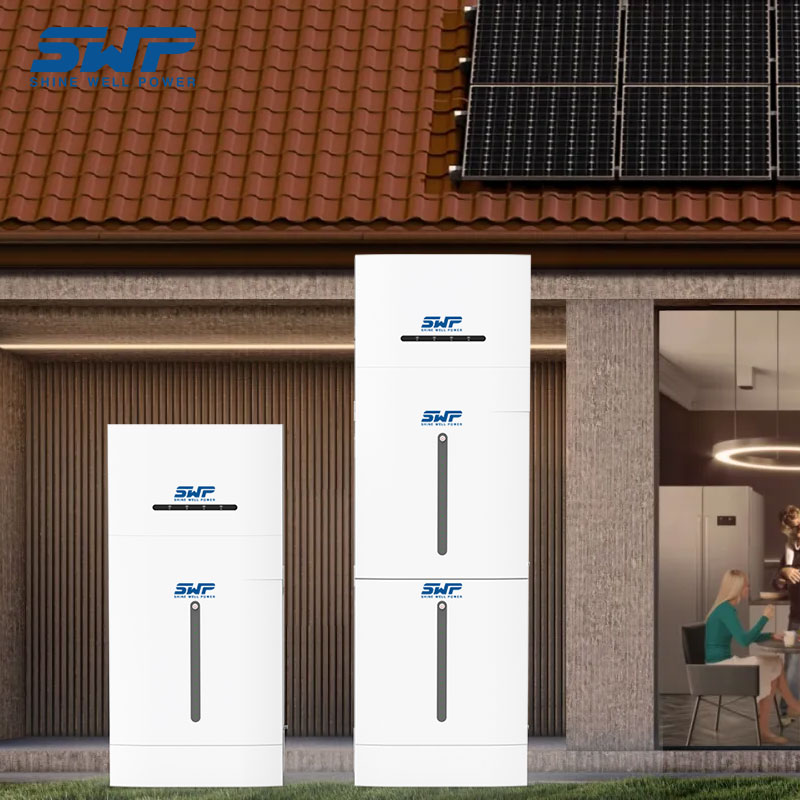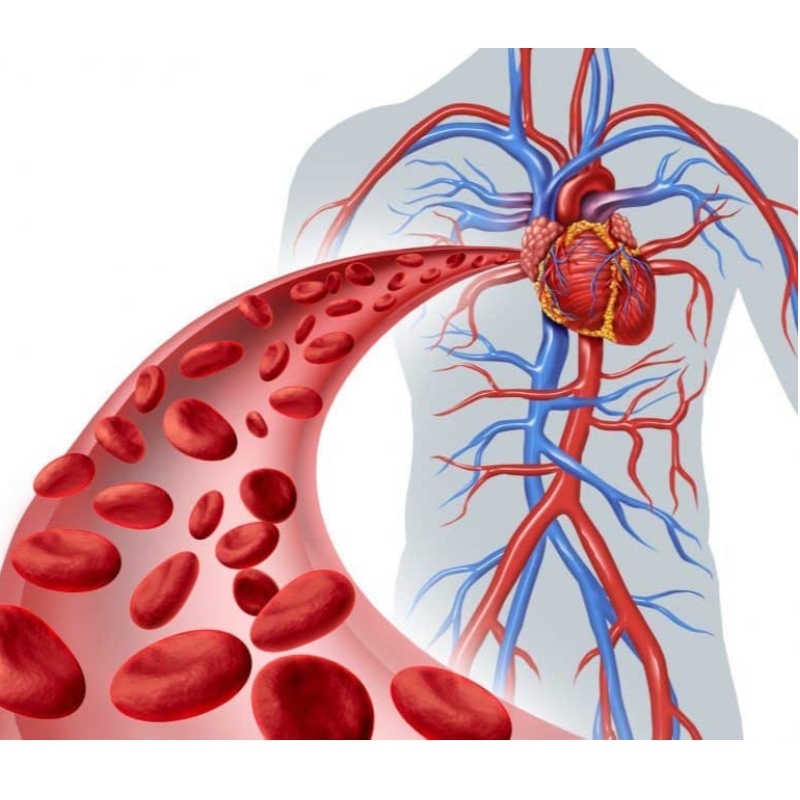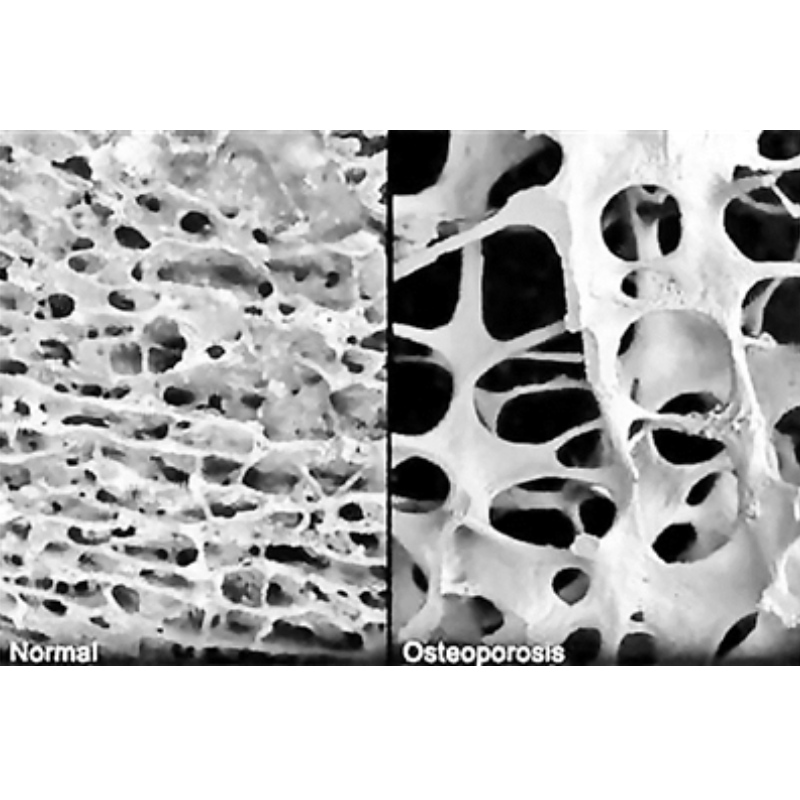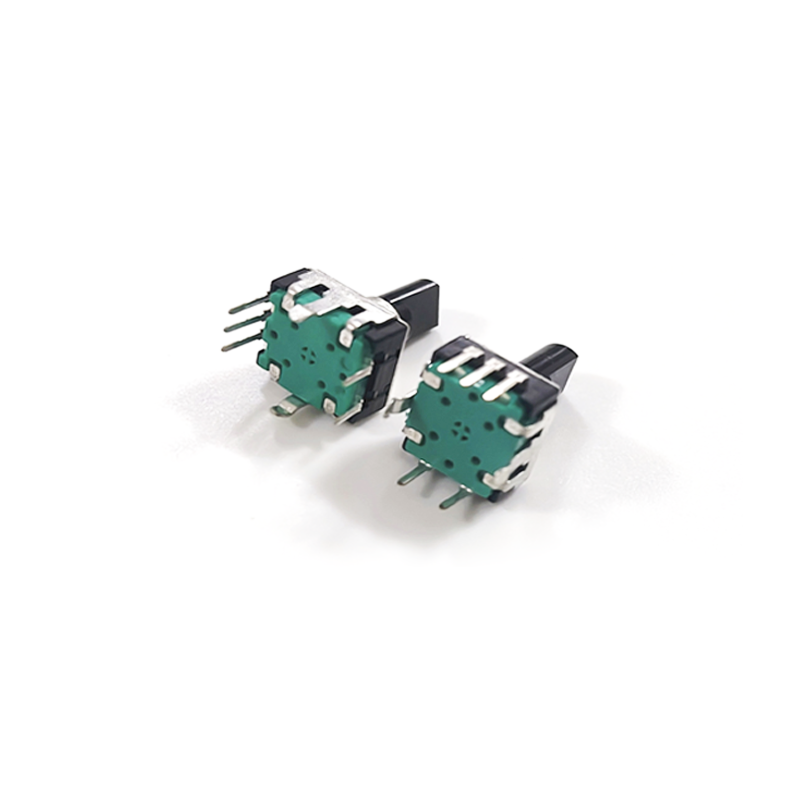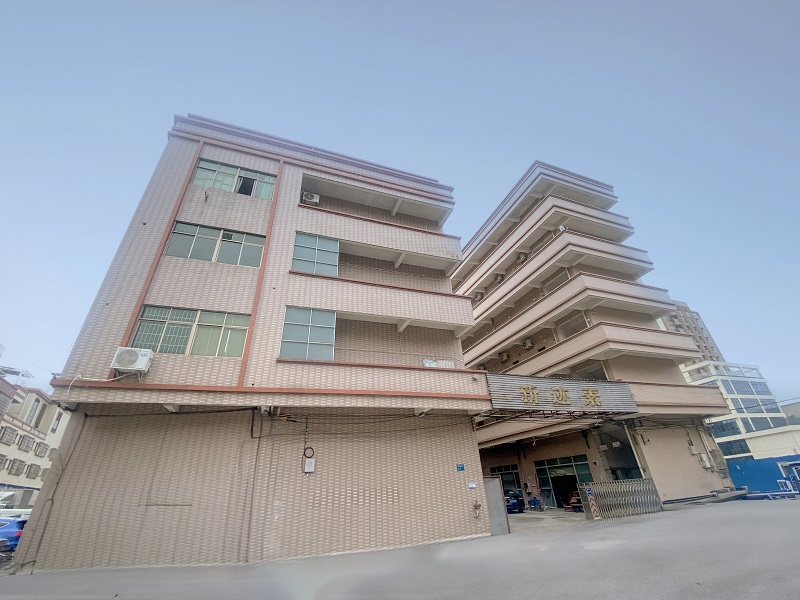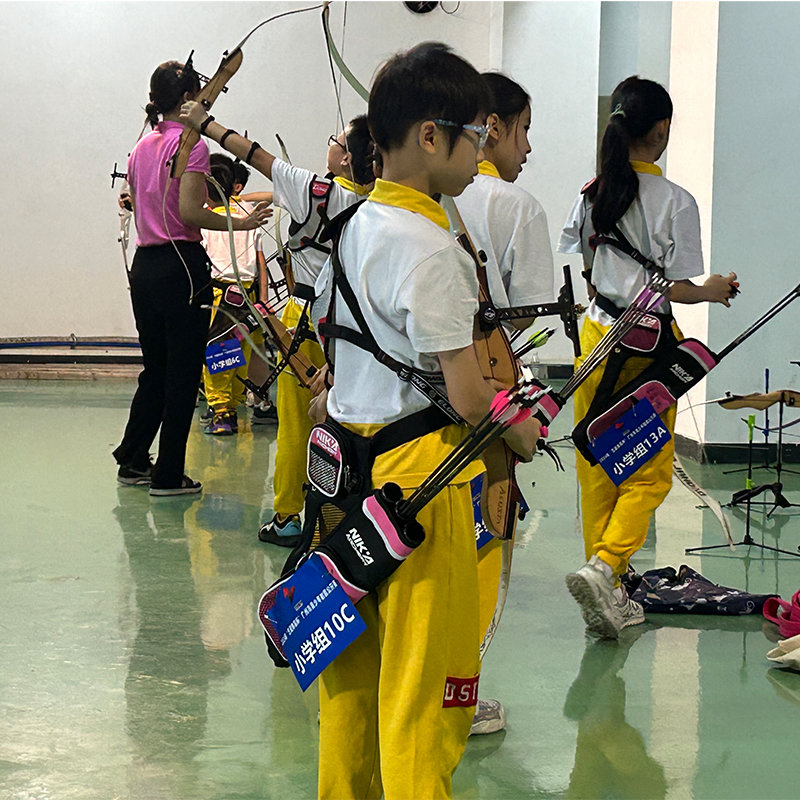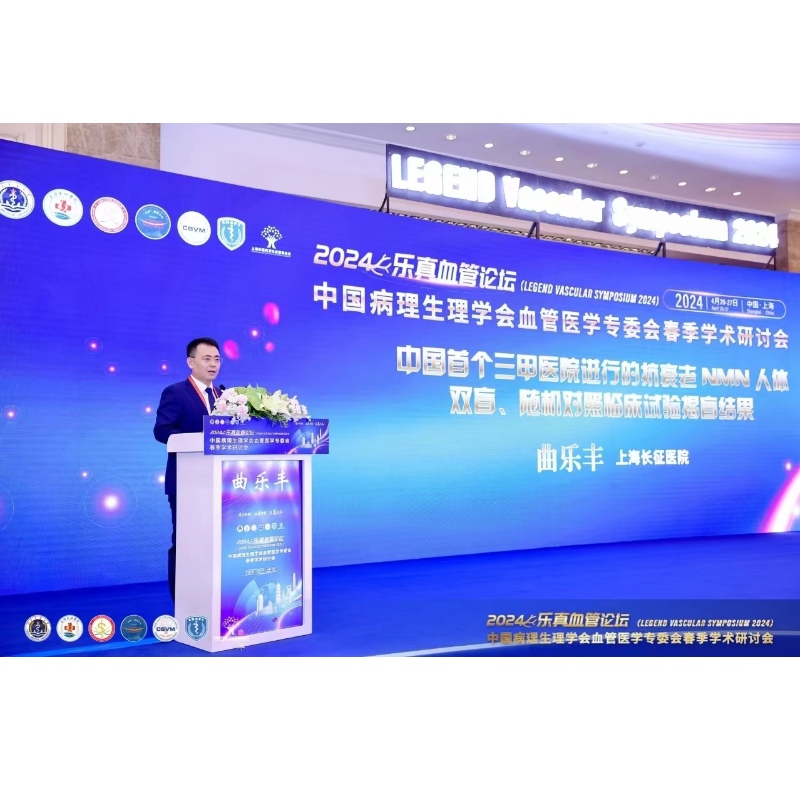![1712980012.jpg qqq.jpg]()
Sheet metal bending is a common metalworking technique that uses mechanical force to bend a metal sheet along a straight line to form the desired angle and shape. This technology is crucial in manufacturing, particularly in industries such as vehicle manufacturing, aviation, construction, and furniture making. Here is a detailed introduction to the working principles, advantages, and disadvantages of sheet metal bending, suitable for educational content.
Working Principles of Sheet Metal BendingPreparation stage:
Select the appropriate material and thickness. Common sheet metal materials include aluminum, steel, and stainless steel.
Cut the sheet metal to the required size based on product needs.
Setting parameters:
Set parameters such as bending angle, pressure, and depth on the bending machine.
Install the upper and lower dies suitable for the required bend.
Bending process:
Place the sheet metal on the lower die of the bending machine, aligning the upper die with the predetermined bending line.
The bending machine drives the upper die downward, either hydraulically or mechanically, pressing the sheet metal against the lower die to bend it into the desired shape and angle.
The upper die rises, and the finished product is removed.
Post-treatment:
Check if the bent sheet metal meets the design specifications.
Perform necessary post-treatments, such as deburring, painting, or other surface treatments.
Advantages
High efficiency: The bending process is quick, suitable for mass production, and significantly increases production efficiency.
Cost-effective: Compared to other forming processes, sheet metal bending usually has lower production costs.
Precision: Modern bending machines are equipped with advanced control systems, allowing for highly precise bending.
Flexibility: By changing dies, it is possible to quickly adjust to produce different shapes and sizes of products.
No material loss: The bending process generally does not waste material, resulting in high material utilization.
Disadvantages
Limitations: Bending technology has certain limitations regarding material thickness and bending angle; materials exceeding certain specifications are difficult to handle.
Springback: The bent metal may exhibit elastic springback due to internal stresses, affecting the precision of the finished product.
Equipment cost: High-quality bending machines are expensive, requiring significant initial investment.
Process complexity: For non-standard bending shapes, specially made dies may be necessary, increasing the complexity and cost of production.
Skill requirements: Although modern bending machines are often automatic or semi-automatic, correctly setting machine parameters and choosing molds still require experienced operators.


























